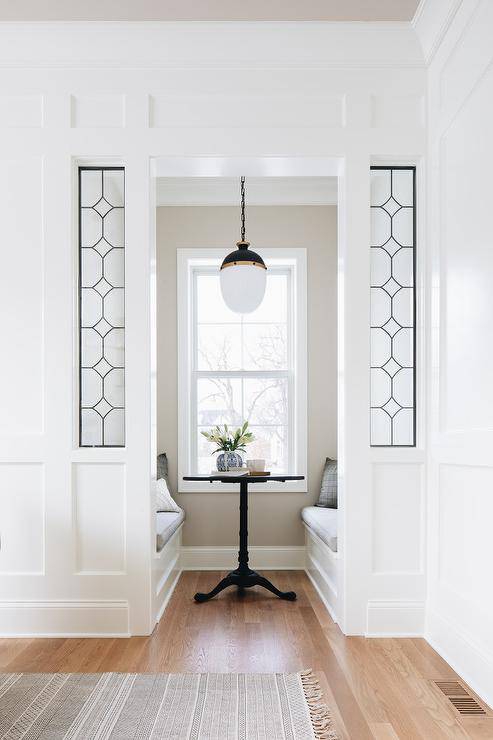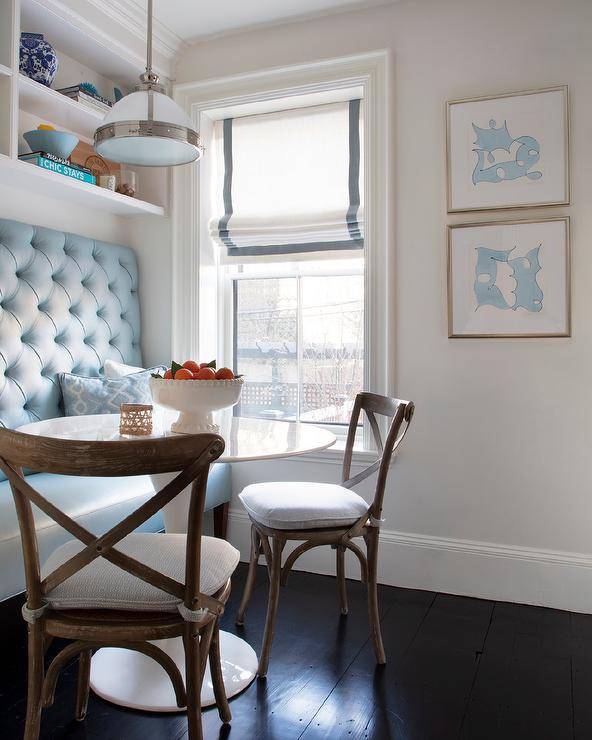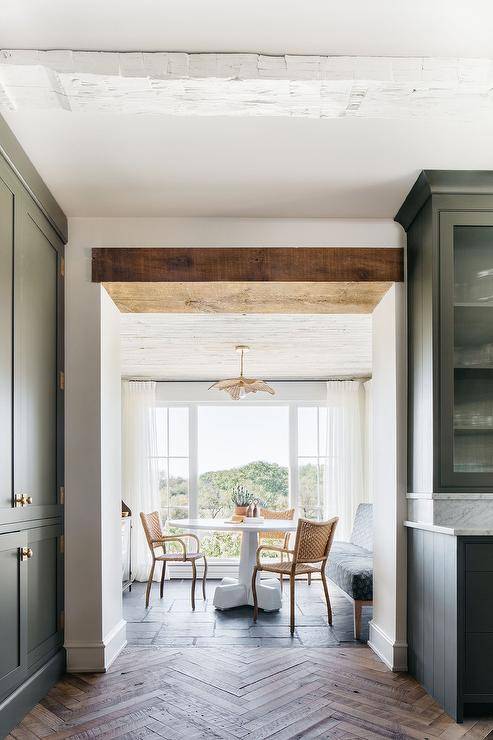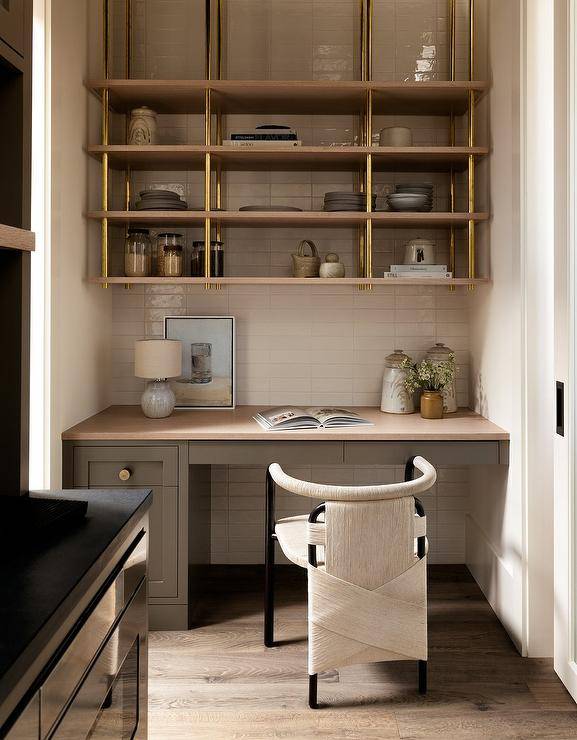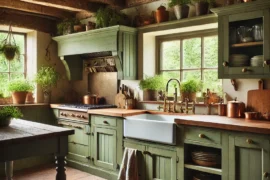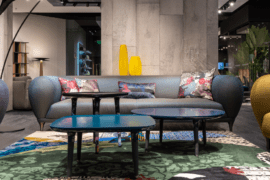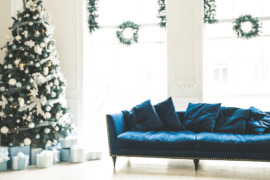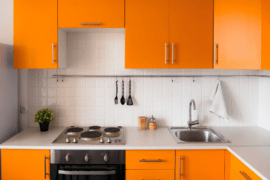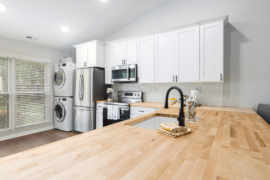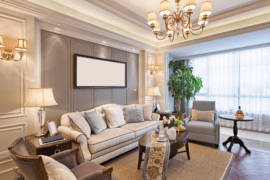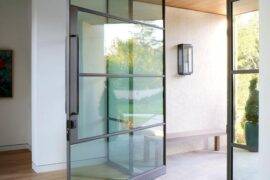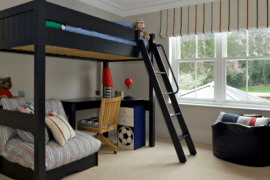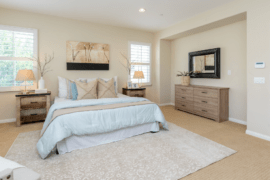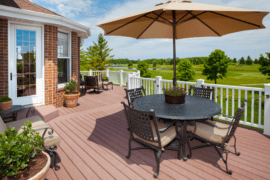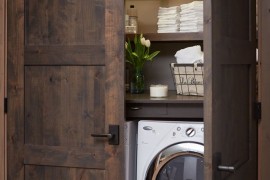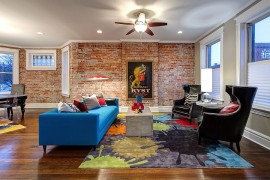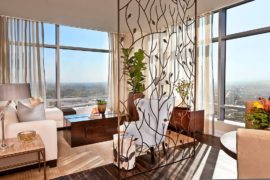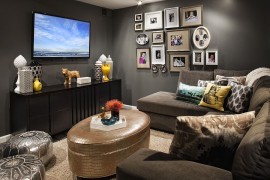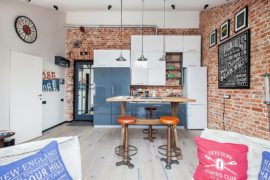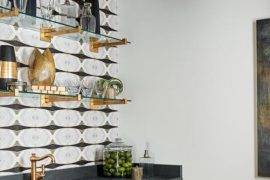Nestled conveniently off the kitchen, the keeping room is a cozy and versatile space that has seen a resurgence in modern home design. Historically, this room served as a warm retreat where families could gather around the hearth, enjoying each other’s company while the cook prepared meals. Today, the keeping room remains a cherished area, blending comfort with functionality and offering an inviting spot for relaxation, socializing, or even light dining. However, there are many who wonder what is a keeping room, and we will get into the various aspects of this space and how it’s different from a regular living room.
Whether you’re looking to create a space for casual conversations, a quiet corner for reading, or a multifunctional area for various household activities, the keeping room provides endless possibilities. In this article, we will explore the history of keeping rooms, their modern-day applications, and tips for designing a keeping room that complements your kitchen while enhancing the overall flow and aesthetics of your home.
What is a Keeping Room?
A keeping room, often referred to as a hearth room, is a multifunctional space located adjacent to the kitchen. This concept dates back to the 18th century when families gathered around the warmest room in the house. The keeping room served as a cozy area where family members could engage in various activities while staying close to the warmth of the kitchen hearth.
Today, the keeping room has made a significant comeback in modern home designs, offering a blend of comfort and practicality. It acts as a versatile space for socializing, relaxing, and even working, all while remaining connected to the heart of the home—the kitchen. Whether you’re a history enthusiast or a modern homeowner looking for functional design elements, understanding the keeping room can provide valuable insights into creating a warm, inviting living space that meets contemporary needs while honoring historical roots.
Historical Significance of the Keeping Room
The keeping room has its origins in colonial America, where it was essential for daily life. In the 18th century, homes were heated primarily by the kitchen hearth, making the area around it the warmest spot in the house. Families would gather in this room for warmth and light, especially during the harsh winter months.
The keeping room was not just a place of warmth but also a hub of activity. It was where meals were prepared, stories were shared, and chores were done. The room played a crucial role in family bonding and community living, serving as a central point of interaction and comfort.
Modern Adaptations in Home Design
In contemporary home design, the keeping room has evolved to meet modern needs without losing its essence. Today’s keeping rooms are often open-plan areas adjacent to the kitchen, equipped with comfortable seating, entertainment options, and sometimes even workspaces.
This modern adaptation allows for seamless interaction between cooking and social activities, making it an ideal space for entertaining guests or spending quality time with family. The design often includes large windows for natural light, cozy furnishings, and sometimes even a fireplace, maintaining the room’s original purpose of being a warm and inviting space.
Benefits of Having a Keeping Room
One of the primary benefits of a keeping room is its versatility. It serves as an extension of the kitchen, allowing for more functional space without the need for additional construction. This room can be used for various activities, from casual dining to homework sessions, making it a valuable addition to any home.
The keeping room also promotes family togetherness by providing a shared space where everyone can engage in different activities while still being close to one another. This fosters a sense of unity and enhances the overall living experience. Moreover, the keeping room can increase the resale value of your home, as it is a desirable feature for many homebuyers.
Design Ideas for a Keeping Room
When designing a keeping room, the key is to create a space that is both functional and aesthetically pleasing. Start with comfortable seating arrangements that encourage relaxation and interaction. Consider adding a mix of chairs and sofas to accommodate different seating preferences.
A central coffee table can serve as a focal point and provide additional functionality. Incorporate storage solutions like built-in shelves or cabinets to keep the room organized and clutter-free. Lighting is also crucial; opt for a combination of natural and artificial lighting to create a warm and inviting atmosphere. Decorative elements like throw pillows, rugs, and artwork can add personality and style to the space, making it uniquely yours.
Keeping Room vs. Living Room
While both the keeping room and the living room serve as areas for relaxation and socialization, they have distinct differences. To simply answer what is a keeping room, it’s a room that is typically located near the kitchen, serving as an extension of this central area. This proximity makes it a more casual and multifunctional space, ideal for day-to-day family activities.
On the other hand, the living room is usually situated away from the kitchen and is often reserved for more formal gatherings. It is designed to be a showcase area that features more elaborate decor and furniture. Understanding these differences can help you make better use of your home’s layout and create spaces that meet your specific needs.
How to Incorporate a Keeping Room in Your Home
With the right planning, incorporating a keeping room into your home can be straightforward. If you’re building a new home, consider including an open-plan design that connects the kitchen to a cozy sitting area. For existing homes, you might convert an adjacent dining room or part of the kitchen into a keeping room.
Focus on creating a seamless flow between the kitchen and the keeping room to maximize functionality. Use furniture and decor that complement the kitchen design to create a cohesive look. Even small spaces can benefit from a keeping room; the key is to make the most of the available space and ensure it serves multiple purposes. With thoughtful design and planning, a keeping room can become a cherished part of your home, enhancing both its functionality and aesthetic appeal.
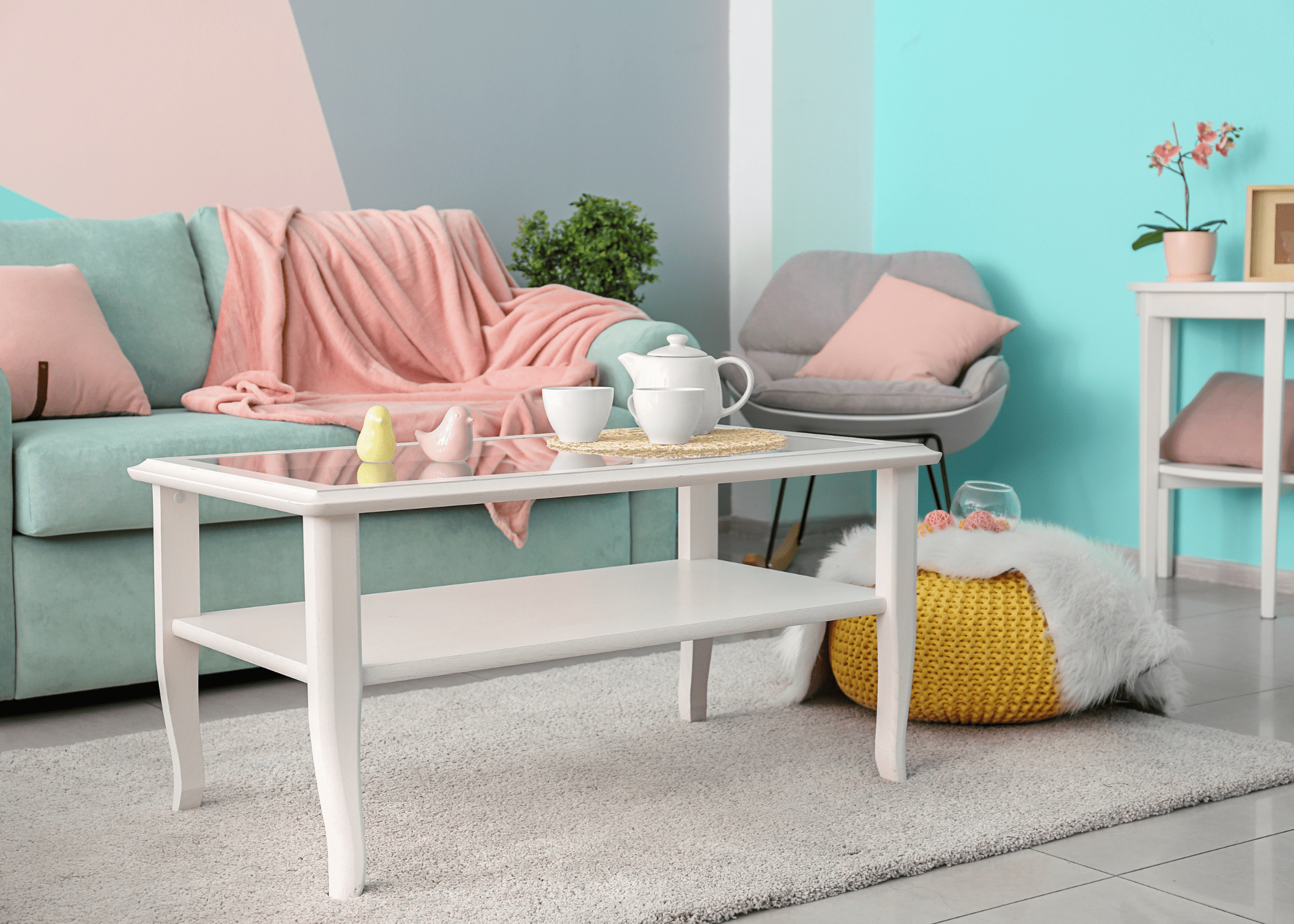
Related Articles
- Embracing the Charm of a Modern Farmhouse Living Room
- Sleek and Functional Kitchen Islands with Seating
- Simple Sophistication for Your Modern Minimalist Living Room
Ready to bring new life to your home? Subscribe to our newsletter for exclusive interior design tips, trends, and ideas that will transform your space. Click here to subscribe!
Frequently Asked Questions (FAQs)
What is a keeping room?
A keeping room is a cozy, multifunctional space located adjacent to the kitchen. Historically, it was designed as a warm area where family members could gather while meals were being prepared, often featuring a fireplace as its focal point.
What are the typical uses for a keeping room today?
Modern keeping rooms serve various purposes. They can be used as a casual family sitting area, a space for kids to do homework, a cozy spot for reading or relaxing, or even an informal dining area. The versatility of the space makes it a valuable addition to any home.
How can I decorate a keeping room to complement my kitchen?
When decorating a keeping room, it’s essential to maintain a cohesive style with your kitchen. You can achieve this by using similar color schemes, materials, and design elements. Comfortable seating, a rug, and a small table can make the space inviting and functional. Adding personal touches like family photos or decorative items can also enhance the room’s charm.
What are the benefits of having a keeping room in a modern home?
Keeping rooms offer several benefits, including providing a dedicated space for family interaction and relaxation. They help keep the primary kitchen area less cluttered and can serve as a social hub during gatherings. Additionally, having a keeping room can increase the overall functionality and appeal of your home, potentially boosting its resale value.
Can a keeping room be used for other purposes besides family gatherings?
Absolutely! A keeping room’s design can be adapted for various needs. Some homeowners use it as a home office, a craft or hobby space, a playroom for young children, or even a guest lounge. The key is to tailor the room to fit your family’s lifestyle and preferences.

